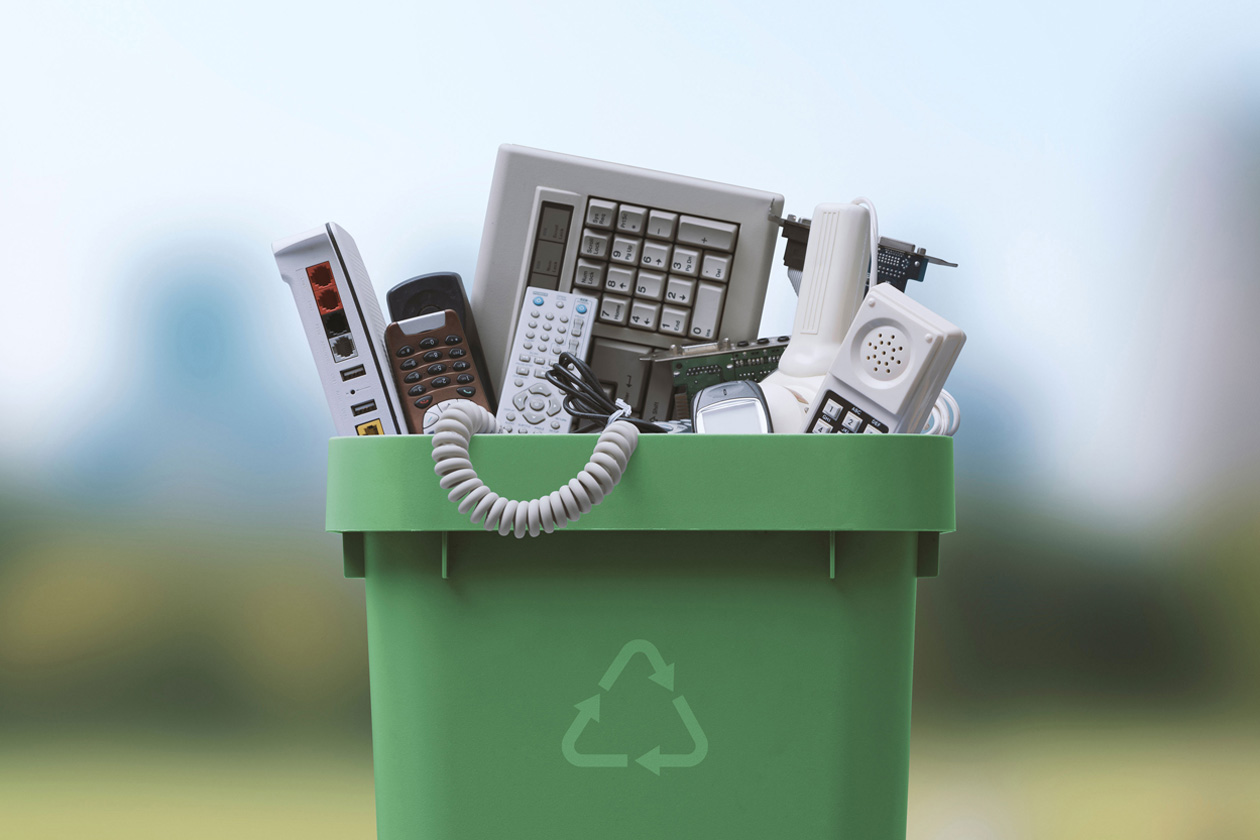In today’s digital age, the rapid advancement of technology has brought about unprecedented convenience and innovation. However, with every new gadget and device comes an inevitable consequence: electronic waste, or e-waste. The disposal of electronic devices poses significant environmental and health hazards, making it a pressing issue that demands immediate attention and action.
Understanding Electronic Waste: What is E-Waste?
Electronic waste encompasses a broad range of discarded electronic devices, including old computers, smartphones, televisions, and appliances. These items contain various toxic components such as lead, mercury, cadmium, and brominated flame retardants. Improper disposal of e-waste contaminates soil and water and releases harmful chemicals into the atmosphere, contributing to air pollution and climate change.
The Global Impact of E-Waste
The proliferation of electronic devices worldwide has led to a staggering rise in e-waste generation. According to the Global E-waste Statistics Partnership, approximately 53.6 million metric tons of e-waste were generated globally in 2019 alone, with only 17.4% being collected and recycled. This alarming statistic underscores the urgent need for more effective e-waste management strategies on a global scale.
Health Risks and Environmental Consequences
The improper handling and electronic disposal pose significant risks to human health and the environment. Exposure to toxic chemicals found in e-waste can lead to a myriad of health problems, including respiratory issues, neurological disorders, and even cancer. Moreover, contaminating soil and waterways with heavy metals and hazardous substances can have devastating consequences for ecosystems and biodiversity.
The Importance of Responsible E-Waste Disposal
Proper disposal and recycling of electronic waste are essential to mitigate its adverse effects on the environment and human health. Recycling e-waste conserves valuable resources and reduces the need for raw materials extraction and energy-intensive manufacturing processes. Additionally, recycling helps prevent the release of toxic chemicals into the environment, safeguarding public health and ecological integrity.
Junk Removal: Tackling the E-Waste Challenge
One of the most effective ways to address the e-waste problem is through organized junk removal initiatives. These programs aim to collect and responsibly dispose of unwanted electronic devices, diverting them from landfills and incinerators. By partnering with local governments, businesses, and communities, junk removal services can raise awareness about the importance of e-waste recycling and provide convenient solutions for proper disposal.
The Role of Legislation and Corporate Responsibility
Government regulations play a crucial role in promoting responsible e-waste management practices. Many countries have implemented legislation requiring manufacturers to take responsibility for the end-of-life disposal of their products through extended producer responsibility (EPR) programs. Similarly, corporate entities increasingly adopt sustainable practices and incorporate e-waste recycling into their business models to minimize their environmental footprint.
Empowering Consumers Through Education
Educating consumers about the impact of e-waste and the importance of recycling is paramount in fostering sustainable behavior change. Public awareness campaigns, school programs, and community outreach efforts can help inform individuals about the proper disposal methods for electronic devices and encourage them to participate in e-waste recycling programs. We can collectively work towards a more sustainable future by empowering consumers to make informed choices.
Conclusion
The proliferation of electronic devices has revolutionized how we live and work, but it has also created a mounting e-waste crisis that cannot be ignored. To safeguard our planet and protect future generations, we must prioritize responsible e-waste disposal and recycling. By implementing effective junk removal initiatives, enacting supportive legislation, and educating consumers, we can mitigate electronic waste’s environmental and health risks and pave the way for a more sustainable tomorrow.

